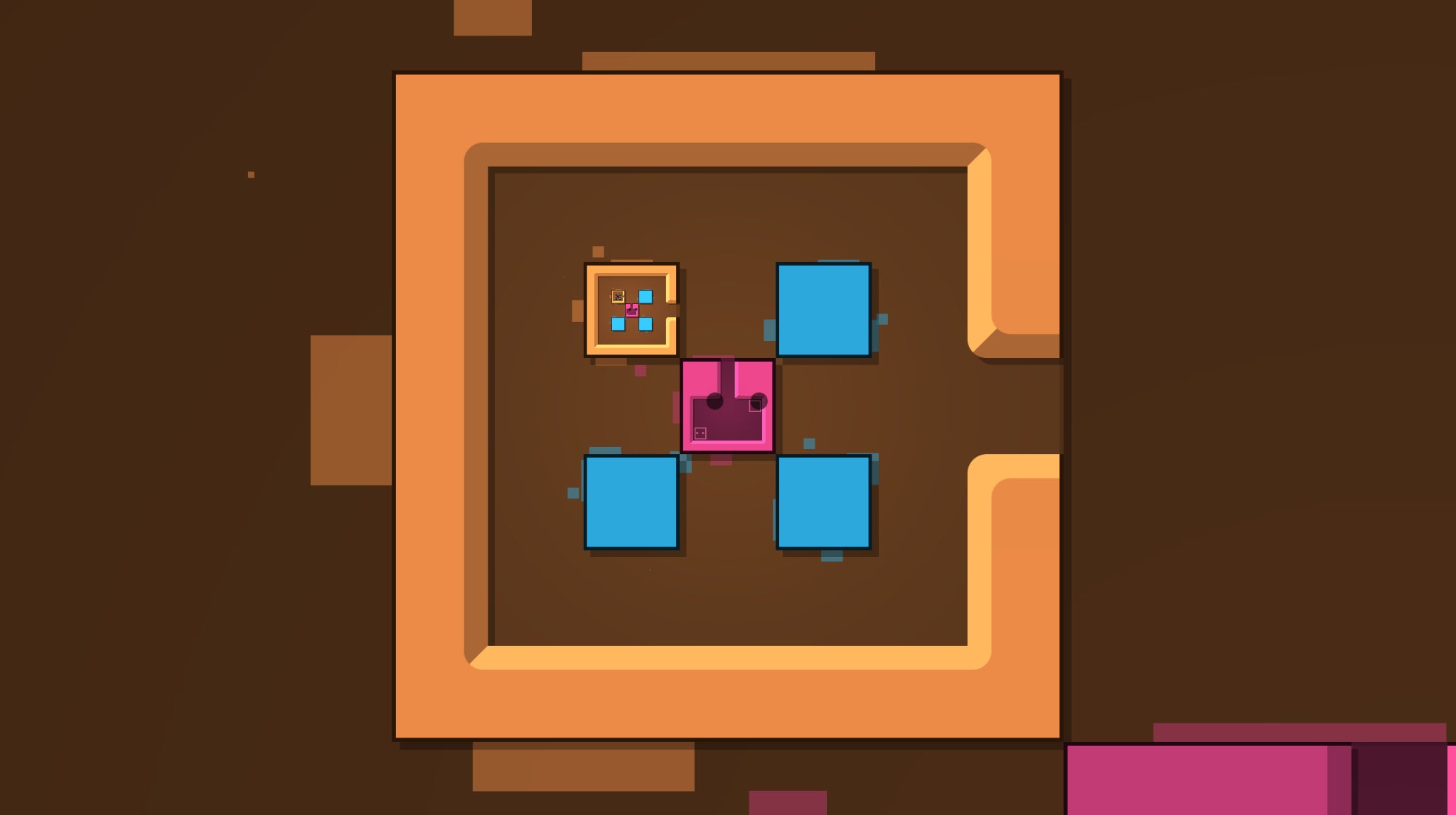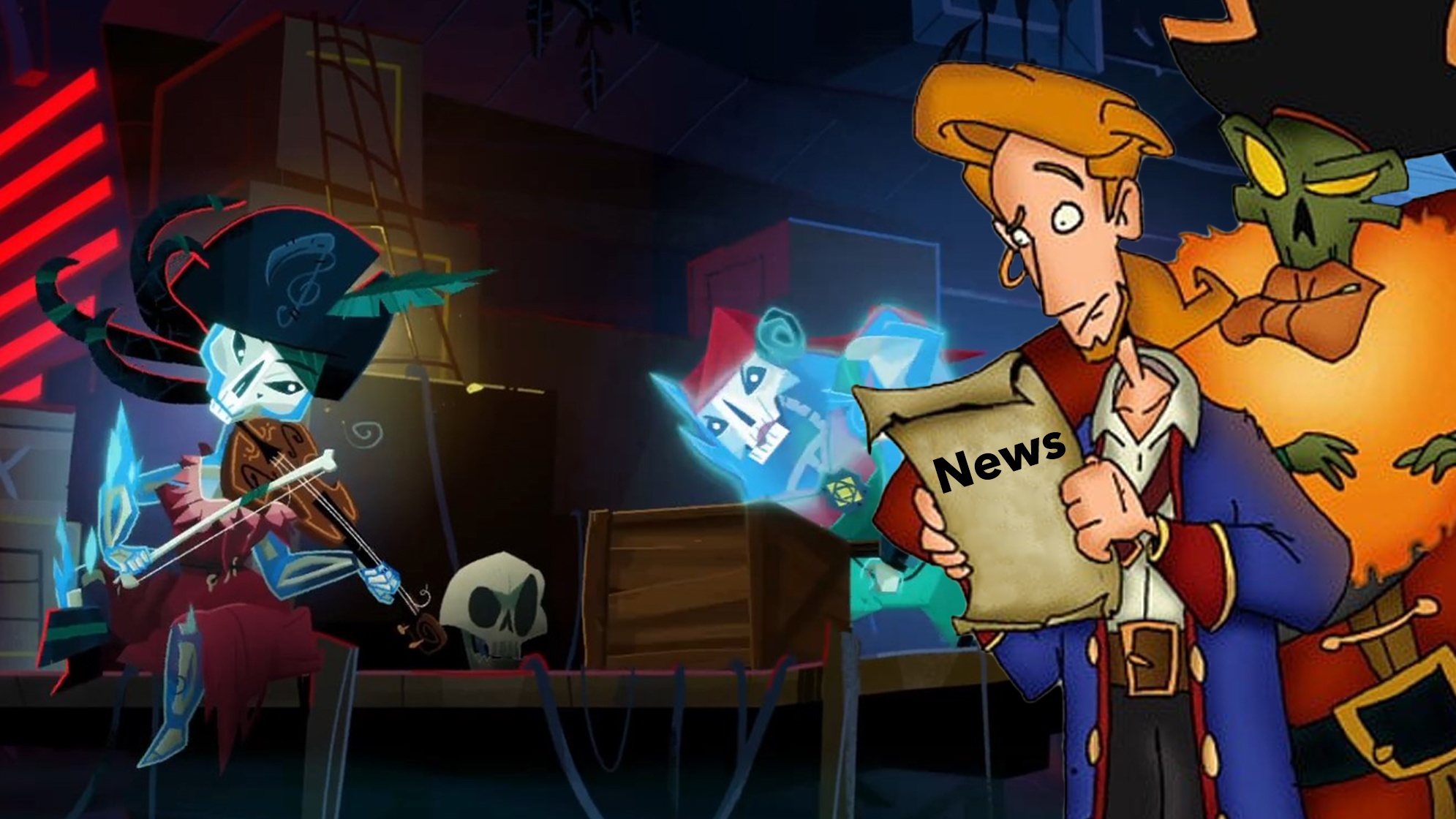According to a prominent linguist, what makes humans special is our ability to deal with recursion. Take different terms or concepts and nest them together like Russian dolls. Nearly limitless expressions emerge from these beautiful, simple, recursive mergers.In any case, whether recursion is the essence of the human mind, it Yes have fun.
If you haven’t already, you should try it. Take a picture of yourself holding a picture of yourself. Or turn your webcam towards the screen and watch the picture loop in a never-ending spiral. Or, if you’re feeling extra daring in a Zoom meeting, unmute yourself, feed the speaker output back to the microphone, and surprise your valued colleagues with an unfiltered, infinite scream. There’s something hopeless about recursion, and although a few different games use it, it’s an under-exploited design space. Enter Patrick’s Parabox, “A mind-bending recursive puzzle game about boxes within boxes, boxes within boxes, boxes within boxes”.
It’s a successful description, but, let’s get that out of the way, it wasn’t love at first sight when I launched the game. The presentation is lovely but basic, and, dare I say it, rough at times. The UI is not movable and the menus are busy. The background music resonates well, but loops too fast and gets annoying during long performances. Also, the game is named after its creator. ‘Patrick’s Parabox. Developer: Patrick Trainor. Publisher: Patrick Trainer. This is certainly impressive and works great for recursion, but a bit selfish for my taste. I’m here for puzzles, not people. Anyway, you play as this little cube with cute little eyes, I decided his name is Patrick, and the game is named after him, which makes things more palatable.
So, you guide little Patrick around a box. The goal is simple. You have to push the box into the marked space. Then you have to put Patrick himself in his own marked space. Then the level is complete. That’s it.
If the box is the first puzzle component, then the wall is the second. When you push a box against the wall, it stops. You can wedge one box into another using the resistance of the wall. Or sometimes inside it – we’ll figure it out. Walls are essential tools, but they are also dangerous. Push a box against a flat wall and it snaps onto an axle. Push one into a corner and it jams completely. Fortunately, if you slip or push the wrong box against the wrong wall, you can backtrack on any mistakes. If you mess things up, a button instantly resets everything.
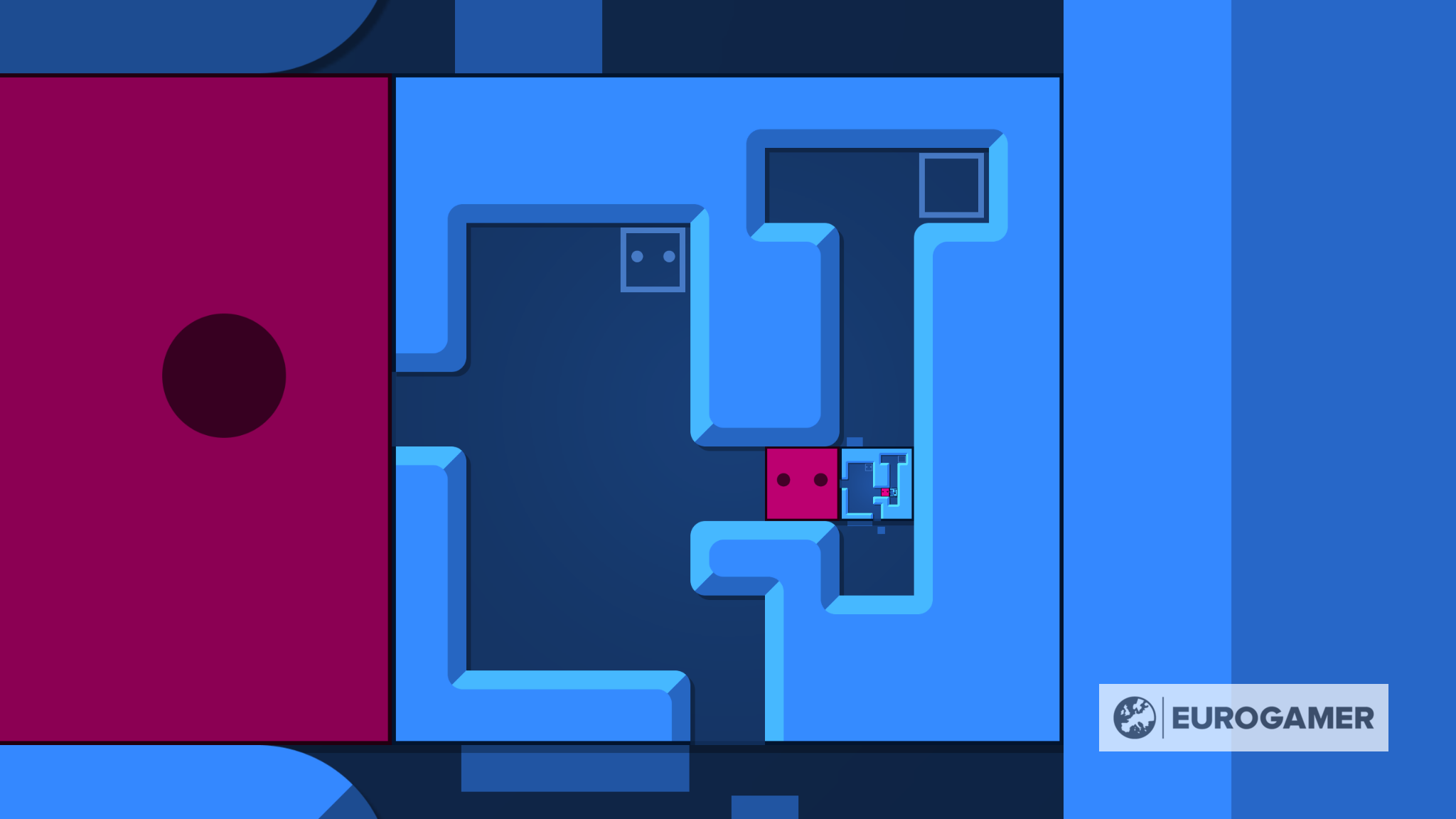
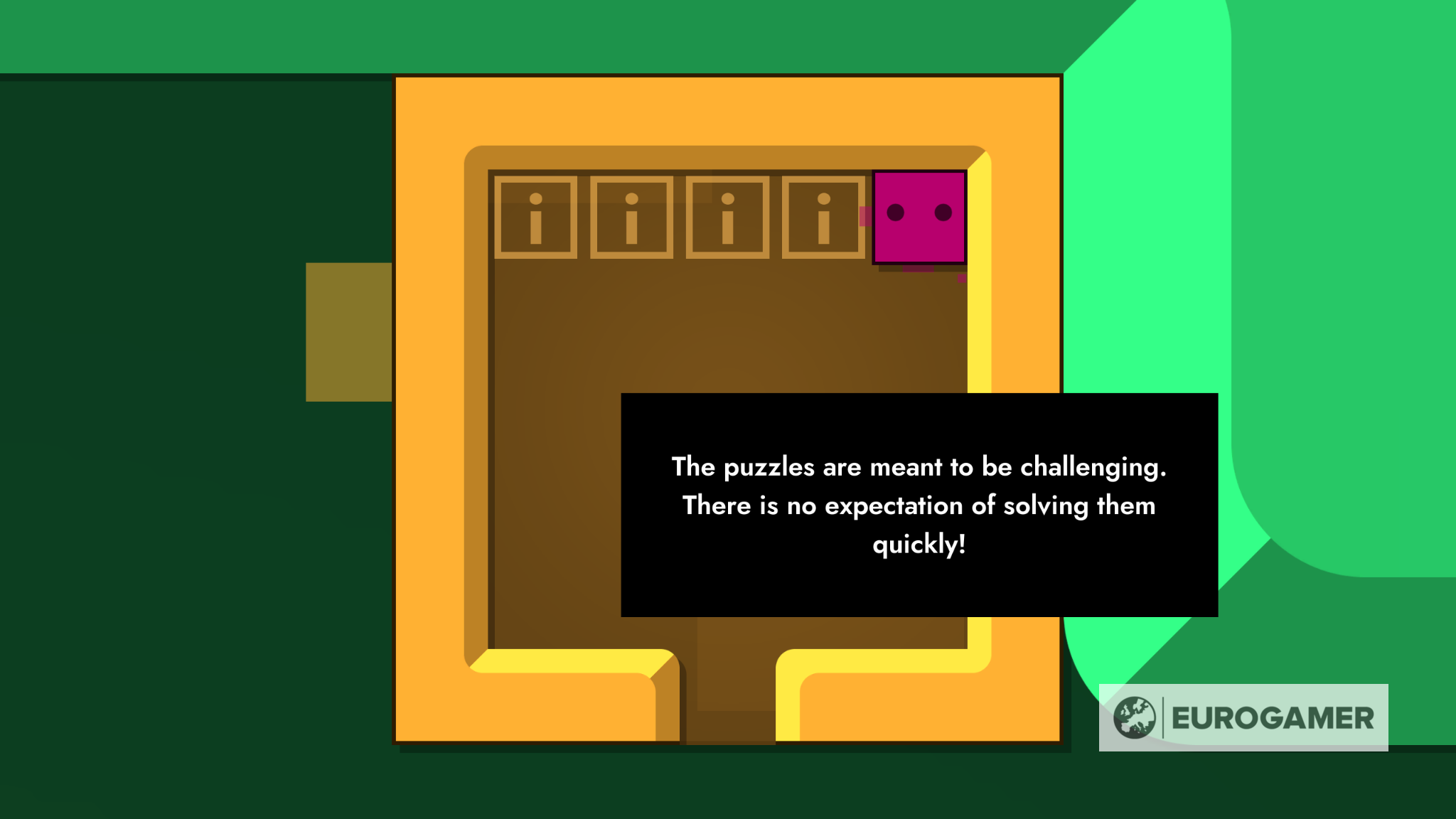
So far, so easy. But that’s where it gets psychedelic. Sometimes these boxes are recursively nested inside themselves. So as Patrick walks around you can see a smaller Patrick running around in the same box in your box and a giant Patrick stomping outside. You can dive into the infinite depths of these boxes. Boxed. It’s just less puzzling than it sounds. Throw in some simpler mechanics and things do get really weird.
The game is divided into twenty worlds, each of which, appropriately enough, is a box within a box. Each introduces its own little twist or complexity, with 20 levels repeating the concept. A world has a mirroring mechanism where boxes within boxes are flipped. Another lets you shove rows of boxes onto yourself in an infinite recursive march. A particularly disturbing set of levels fills Patrick with little crevices that you can tuck boxes into, triggering mild densification phobias.
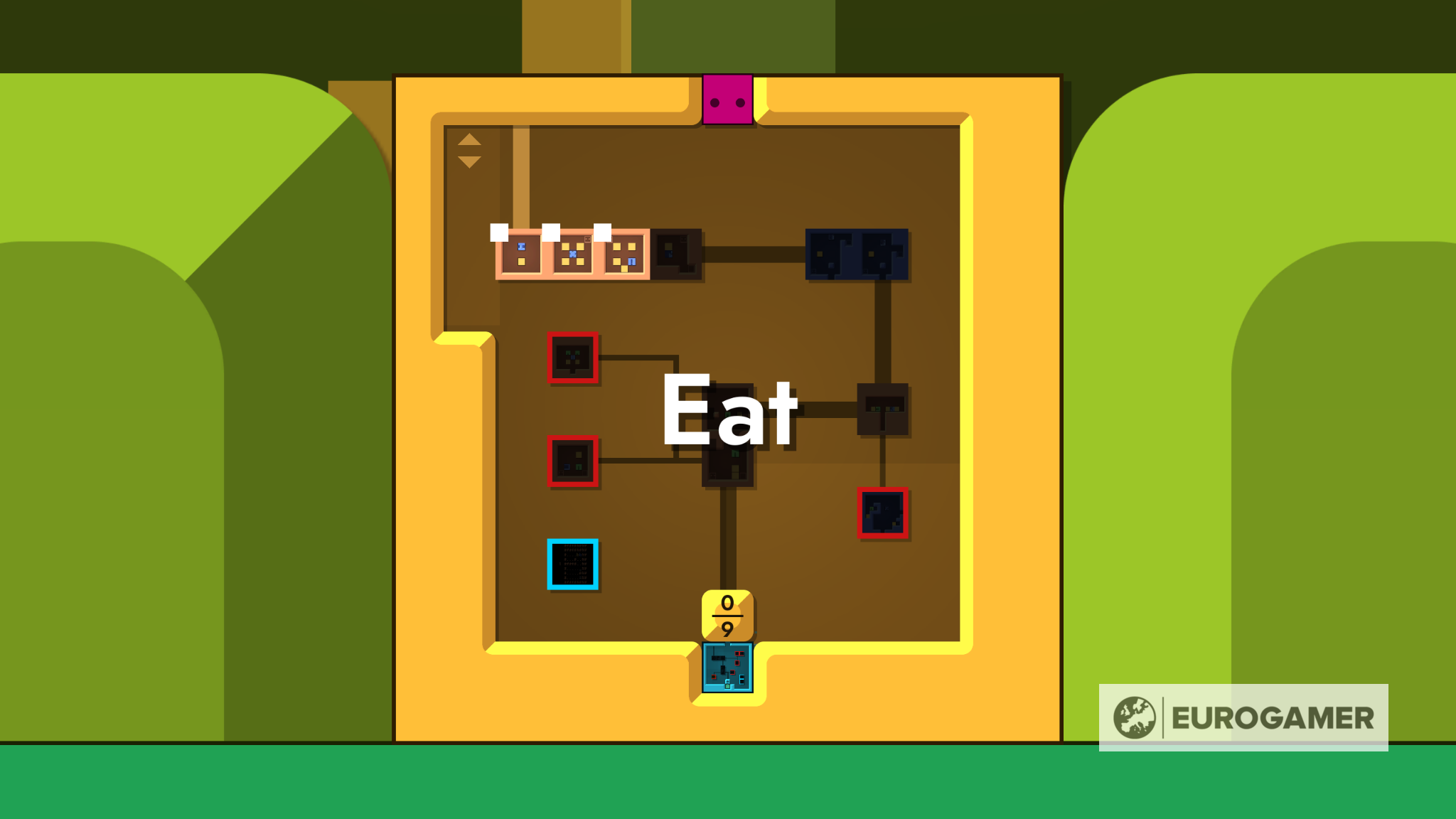
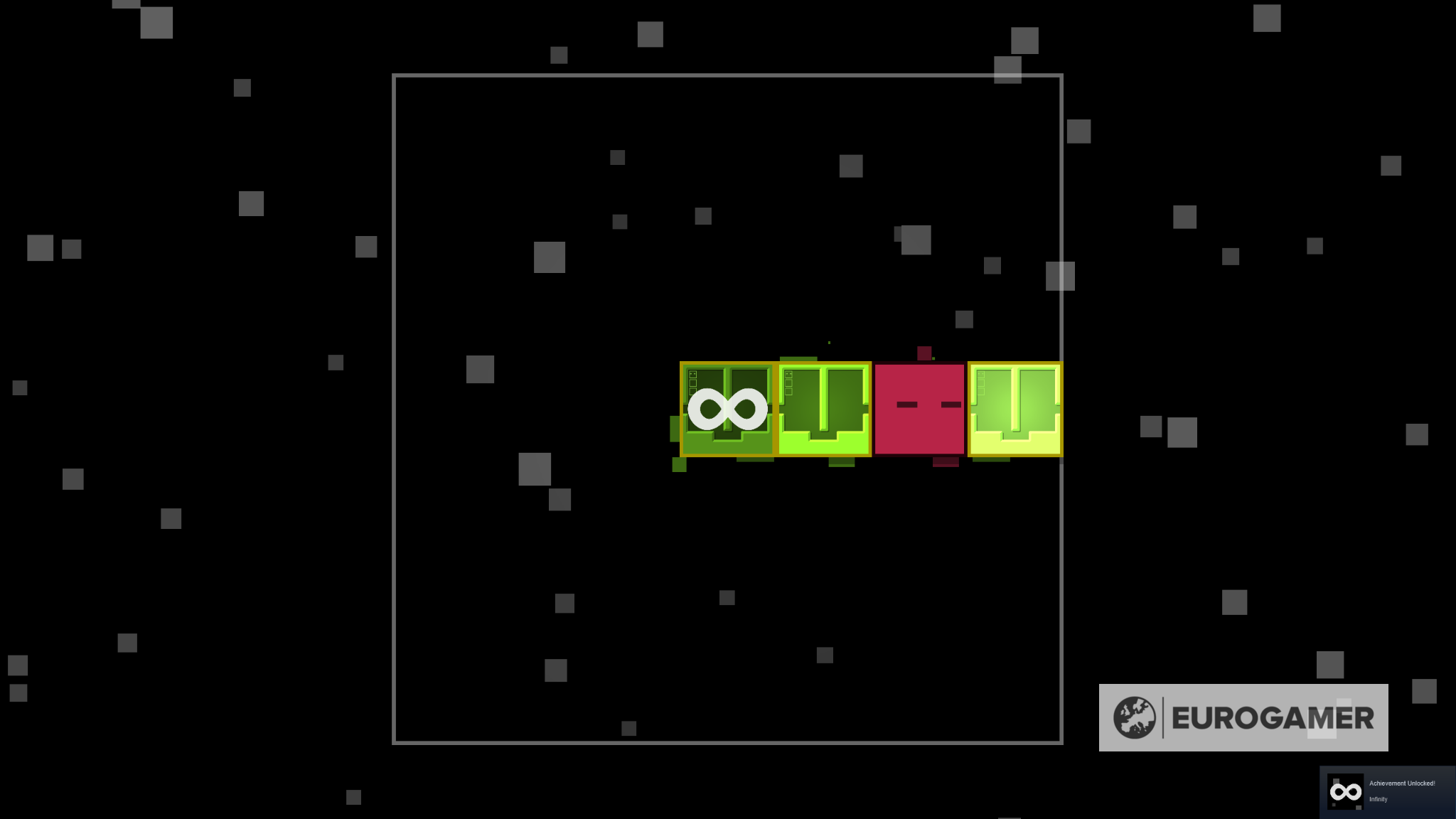
A concept as puzzling as recursion, the game runs the risk of being ruined by its own creativity. Too much complexity, too much to remember or too much brute force trial and error. But Patrick’s Parabox is a master class in simplicity, rhythm, and guided learning. There is no tutorial except for a room with some useful tooltips. Instead, concepts are introduced one by one, slowly building up intuition, giving you the tools you need to go further, guiding hands invisible and unnoticed. Sometimes it’s too minimalistic. It took me longer to find the level selection screen. But mostly it is correct.
The balance is also flawless. Difficulty can be a source of friction in puzzle games, but here, progression only requires you to complete a certain number of basic stages. These basic levels are perfect pitch and rhythm. A minute of scratching your head, frowning, and then everything rang out, and the seemingly impossible turned into a eureka moment of genius. The levels keep hitting the rhythmic Goldilocks zone: long enough to give you teeth, but short enough not to test your patience, each introducing a delightful new idea. They are dull, charming, and never monotonous, even for the distracted.
For the last few stages, I kept nodding and muttering “Awesome!” and “Genius!”
The harder levels, demarcated by thick red borders, are optional. They take ideas from a fundamental level and twist with it. Some are appropriately tough. This might be a good thing. With trial and error and some lateral thinking, the solution comes and you feel like Einstein. Other times it’s maddening. You can see half the solution, but your mind won’t fit itself into the necessary number of recursive folds, and you’ll be stupid, clueless, staring at little Patrick’s abominable, bejeweled little eyes, cursing the creation His Patrick and all the others were and will be Patrick. but! If you get stuck, it’s easy to move on, and the game never demeans you for losing.these levels Do There are ominous red borders after all, and friendly tooltips tell you to cheer up because “puzzles are meant to be challenging.” From the savage sadism of Elden Ring, it’s a welcome respite.
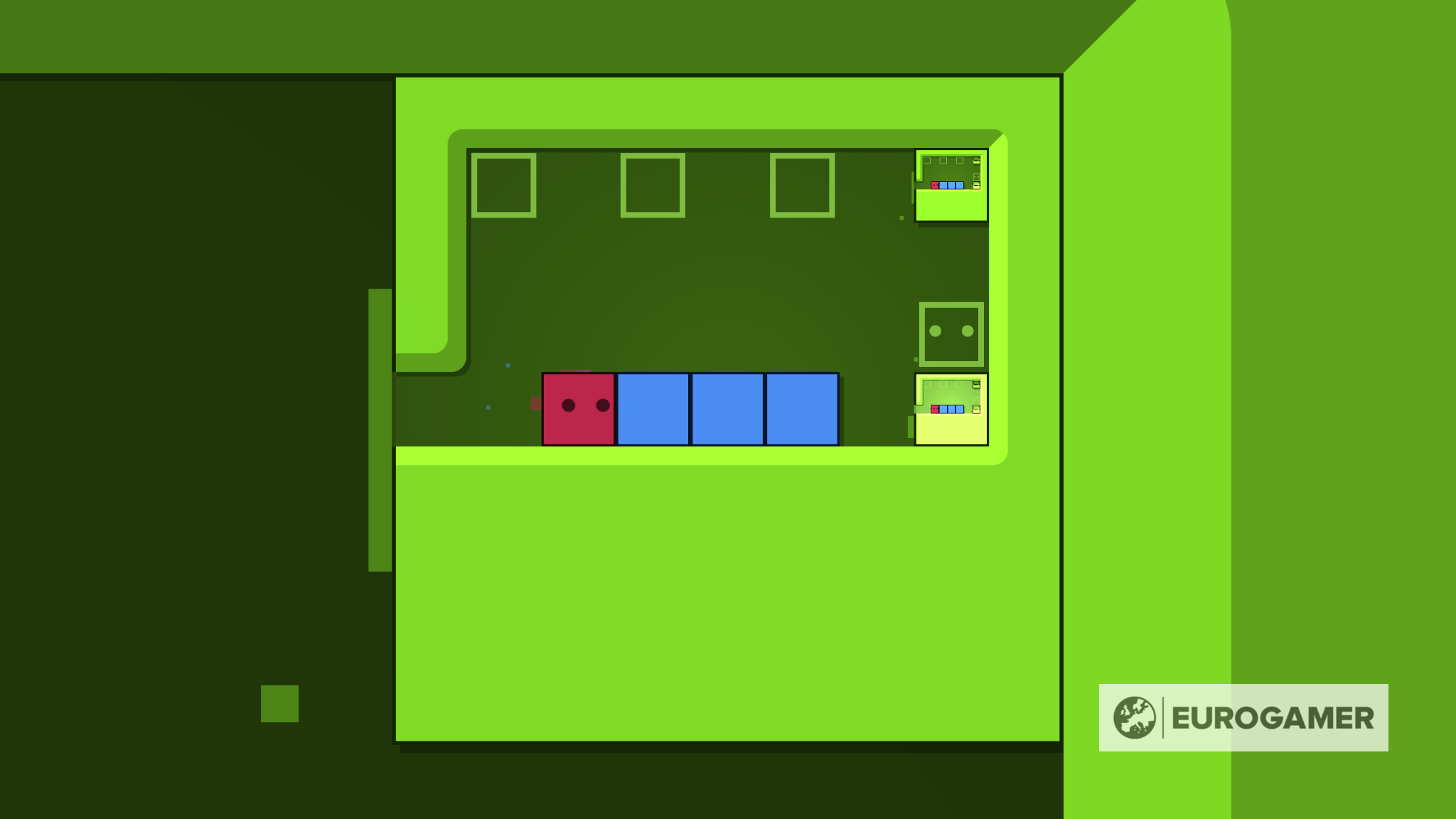
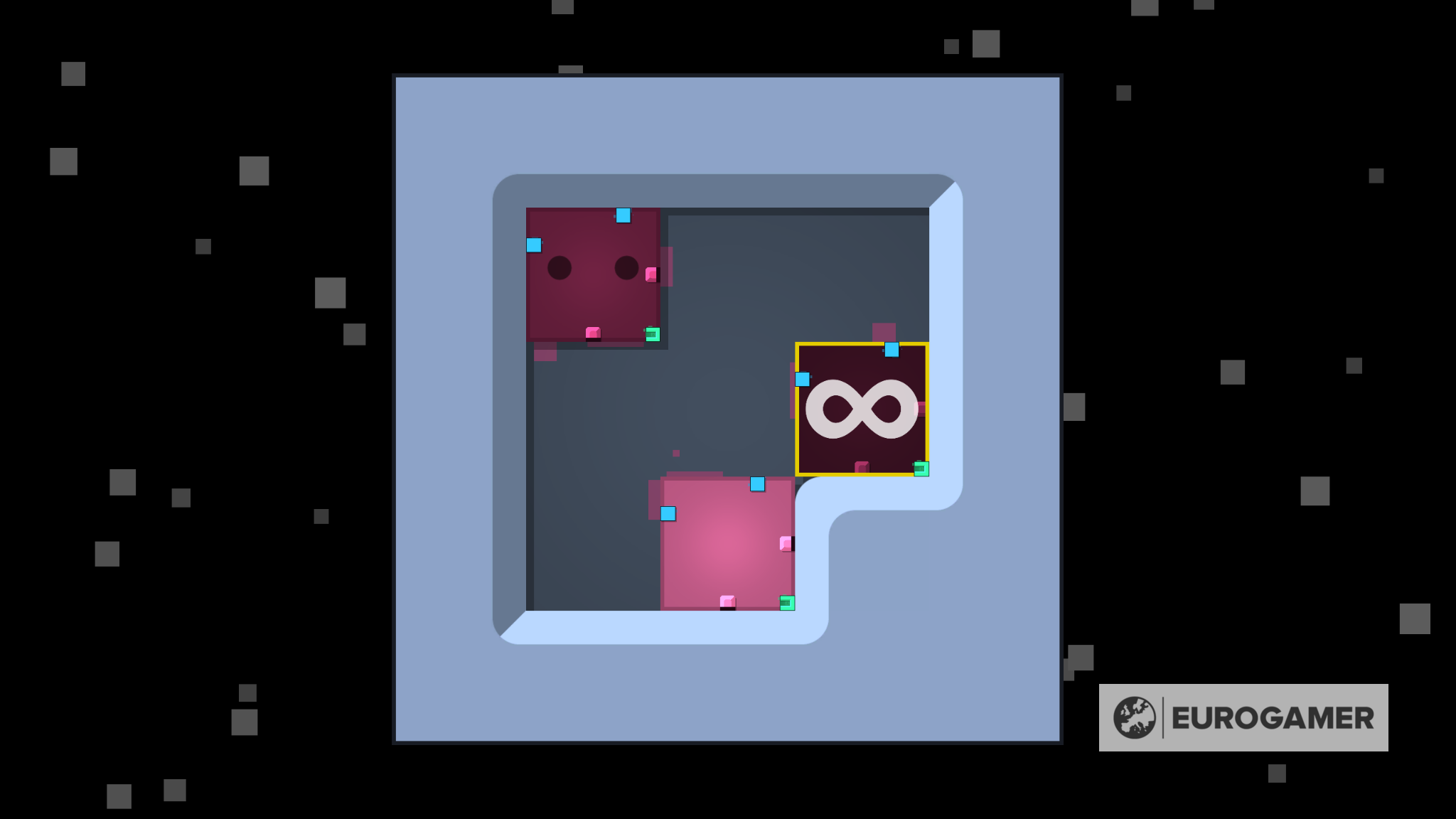
As such, my experience with Patrick’s Parabox itself was nested like a Russian doll. Looking at the outer layers, I am not sold. In a sea of hundreds is yet another humble puzzler with some flair but some rough edges. One level deeper it starts to click. Well, this is fun. I don’t know how it won all these indie design awards, but gosh, I’ll work this out. However, in the last few stages, I kept nodding and muttering “Awesome!” and “Genius!”
The game is rich in content and optional content is rich. More than three hundred levels and tools for the community to develop more. I still have a few harder levels left, and the scarier puzzles in the endgame challenge room will occupy me for weeks. But without digging into Patrick’s fractals, that’s for sure: if you want to play a little imaginative puzzle, this is it. This is the best I’ve played in years. It has all the creative spark I’ve come to expect from a Nintendo EAD. A young, independent, two-person development collaboration is impressive. Sticking to the main road, it’s a fun, easy-to-use palette cleaner; a toy box full of delightful ideas that will never outlive them. Off the beaten track, however, it has depth within a box within a box and depth within a depth.

